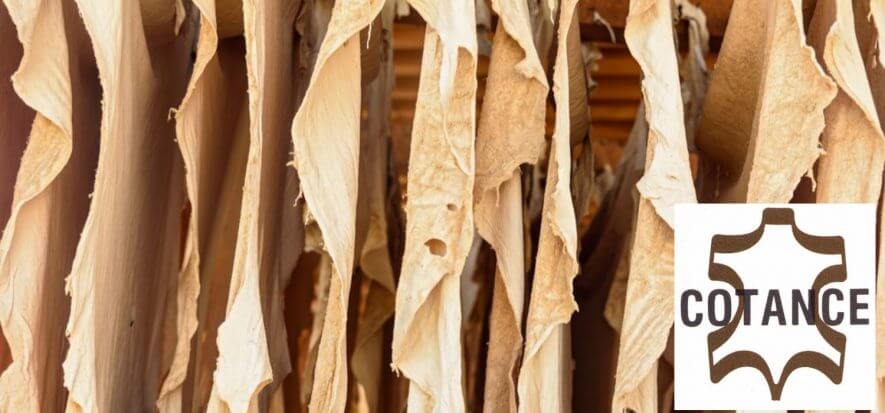As soon as becoming the president of the European leather association, Manuel Ríos Navarro (Inpelsa) announced that the carbon footprint topic was going to be central in the two years of presidency. And now Cotance is sounding the charge again to demand the “zero quota” status for leather. Tanning reuses a byproduct of the food industry that would otherwise end up in landfills, says the association. Thus, it’s not fair to attach part of the impact from livestocks to leather. Moreover, this becomes a disadvantage in commerce, for example against synthetic products.
Cotance sounds the charge
The problem, points out Cotance in a note, is that a quota of the carbon footprint given to leather come from two sides. The first is that of slaughterhouses, which believe that the impact of the animal is to be attributed not just to meat and milk producers, but also on byproducts. On the other side are tanneries, as they believe that their segment shouldn’t be “co-responsible” for emissions produced by farming livestock. After all, says Cotance, the crisis in 2008 and 2020 show that there isn’t an insoluble link between the meat and tanning industries. Raw hides, when demand for finished leather decreases, remain out of tanneries and end up in landfills.
The impact on the environment without tanneries
“If leather produced on a global scale was to end up in landfills, rather than re-worked and sold, the decomposition process would create a significant quantity of additional CO2, equal to about 5 million tons of gases harmful to the environment – says Cotance -. According to the calculations to measure CO2 equivalents by the EPA (Environmental Protection Agency), this would equal to an average yearly emission amount equal to 1 million cars”.
Read also:










